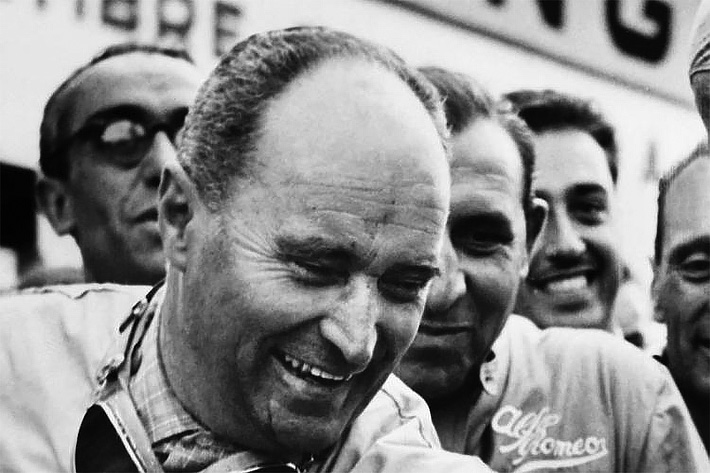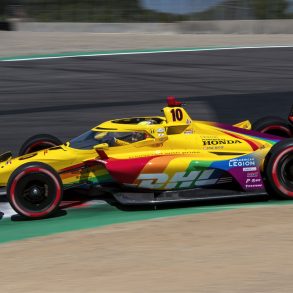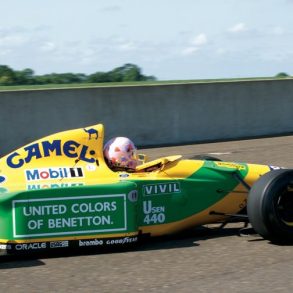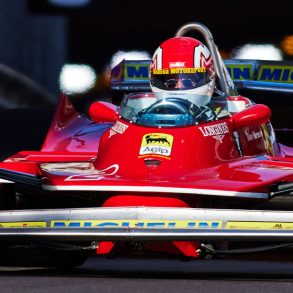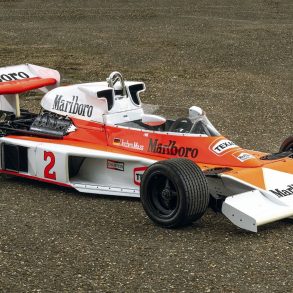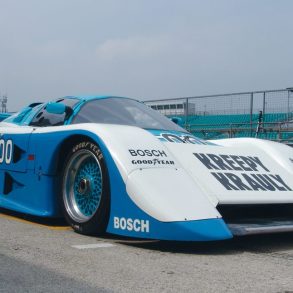Luigi Fagioli Biography
Luigi Fagioli was born on June 9th, 1898 to a wealthy family in the small city of Osimo, in the Marche region of central Italy. His family was in the business of manufacturing pasta which allowed him to pursue a racing career though he studied accounting just in case.
B
His temper could sometimes get the better of him but none could deny that he was quick, bloody quick. With Maserati he won his first great victory of his career at Monza in 1931, beating Varzi, Chiron and Nuvolari. In 1933 he joined Scuderia Ferrari who acted as Alfa Romeo’s racing arm.
He enjoyed his greatest success, winning the Grands Prix of Pescara, Comminges, Marseilles and Italy.
This brought him to the attention of Alfred Neubauer, race team manager at Mercedes. Rudolf Caracciola was still recovering from his injuries suffered at Monaco and the tragic death of his wife, Charly. Mercedes had already signed the promising von Brauchitsch but desired a more experienced driver as a teammate so the team signed the fiery Italian.

It was obvious to him that he was the faster driver and not being allowed to win a race that seemed to be his did nothing for his disposition. Fagioli defiantly parked his car and sulked back to the pits. Neubauer assumed that his driver must have suffered some mechanical fault and had to restrain himself when he found out later that the Italian’s car was still in working order.
In spite of this inauspicious debut he went on to finish 2nd in the following German GP, 1st in the Coppa Acerbo, 1st again this time co-driving with Caracciola in the Italian GP, 1st in the Spanish GP and finally 2nd in the Swiss Grand Prix. Even Neubauer could overlook his lack of teamwork when faced with this stellar record. The next year, 1936, would prove unlucky for Mercedes as they were dominated by Auto Union, chiefly at the hands of the brilliant Rosemeyer.

At the Tripoli Grand Prix both of the drivers suffered various maladies and were only able to finish fifth and sixth, Fagioli leading Caracciola. Fagioli feeling that he was deliberately held up by the German attacked the driver with a hammer. Luckily he was stopped by Neubauer and the mechanic, Sebastian from doing any harm. The Abbruzzi Robber could have gone down in history as The Abbruzzi Murderer.
Health problems, including crippling rheumatism, soon began to severely affect Luigi Fagioli’s racing ability and his career went into sharp decline. At the Coppa Acerbo he needed the aid of a cane just to walk and had no choice but to drop out of the race.
With the beginning of World War II his career seemed over. After the war ended he was drawn to racing again, as had other pre-war drivers he competed against, and joined Alfa Romeo. The European Championship was replaced with a World Championship under rules designated Formula One. He was moderately successful and even finished first in class at the Mille Miglia in 1950.
The next year his Formula One career came to an abrupt end when he was asked to turn over his leading car to the young Argentinean, Juan-Manuel Fangio. This last indignity proved to be the proverbial straw that broke the camel’s back. The proud Italian turned his back on Formula One only to die in a minor supporting sports car race at Monaco in 1952, he was 54 years old. His name is not as well known these days but in his time he was considered as one of the 3 greatest Italian drivers along with Varzi and Nuvolari.


